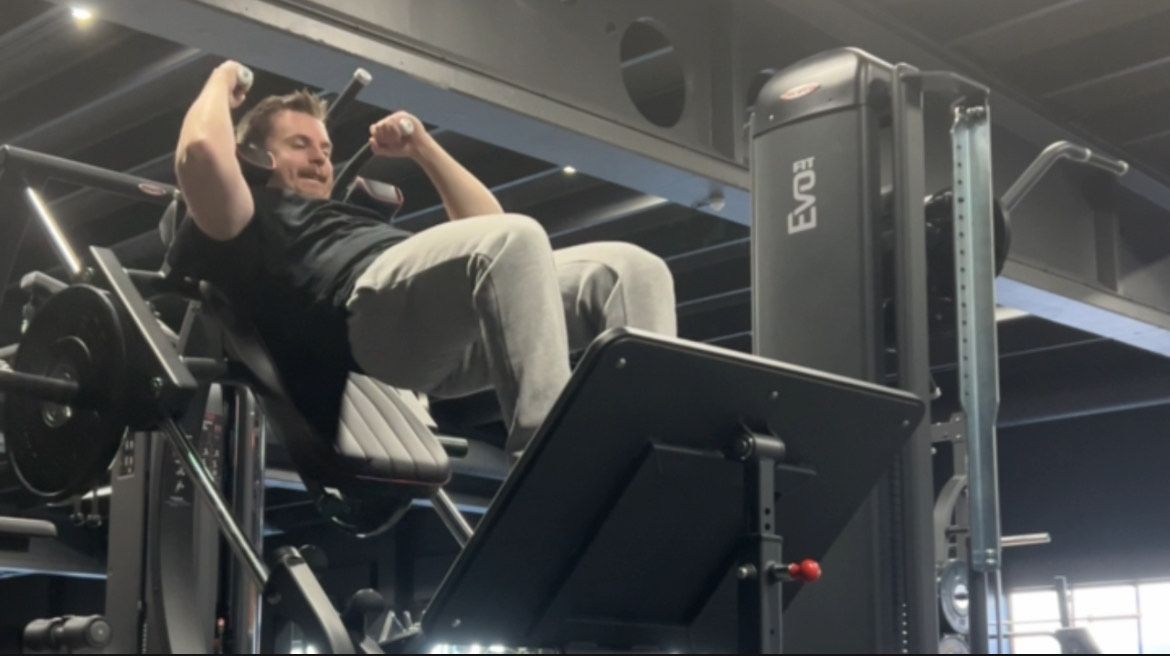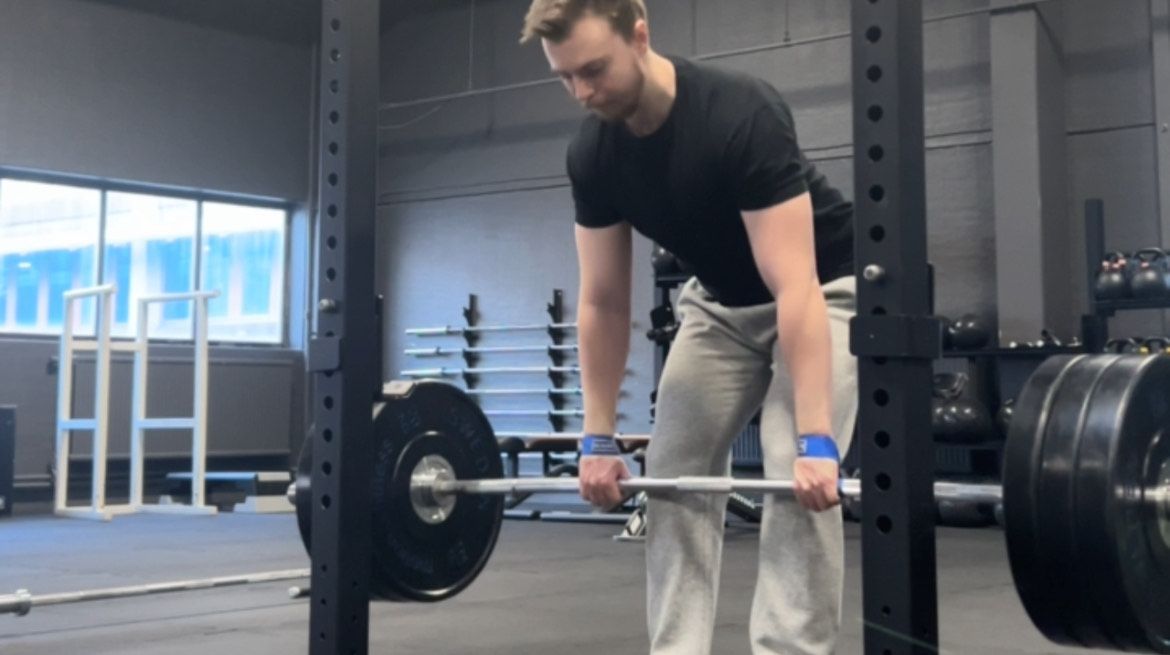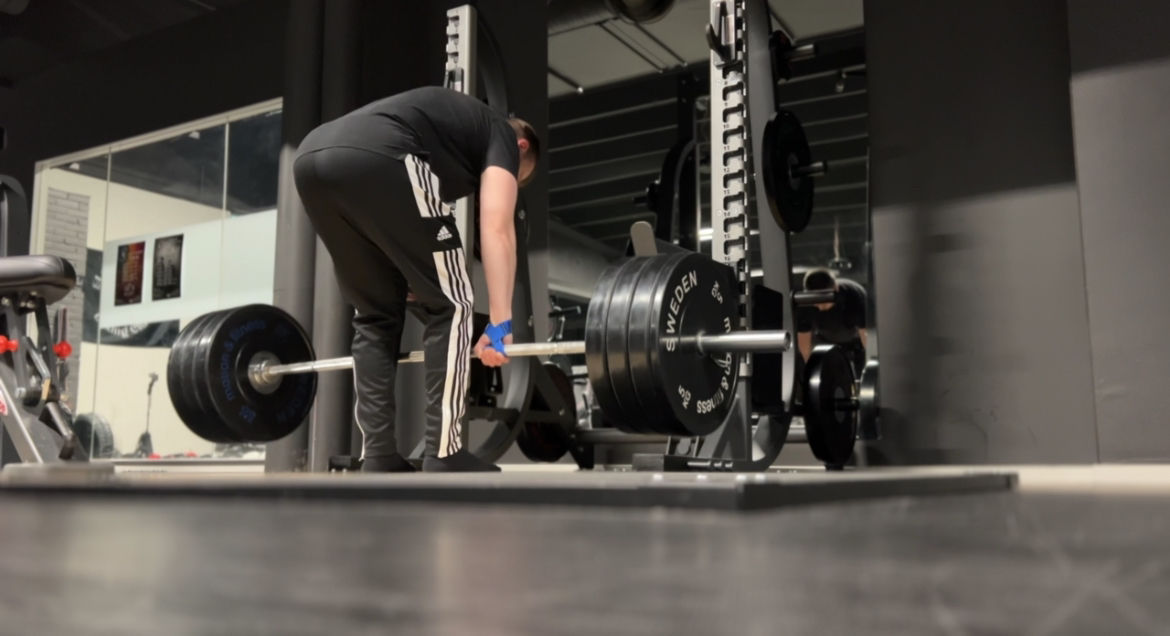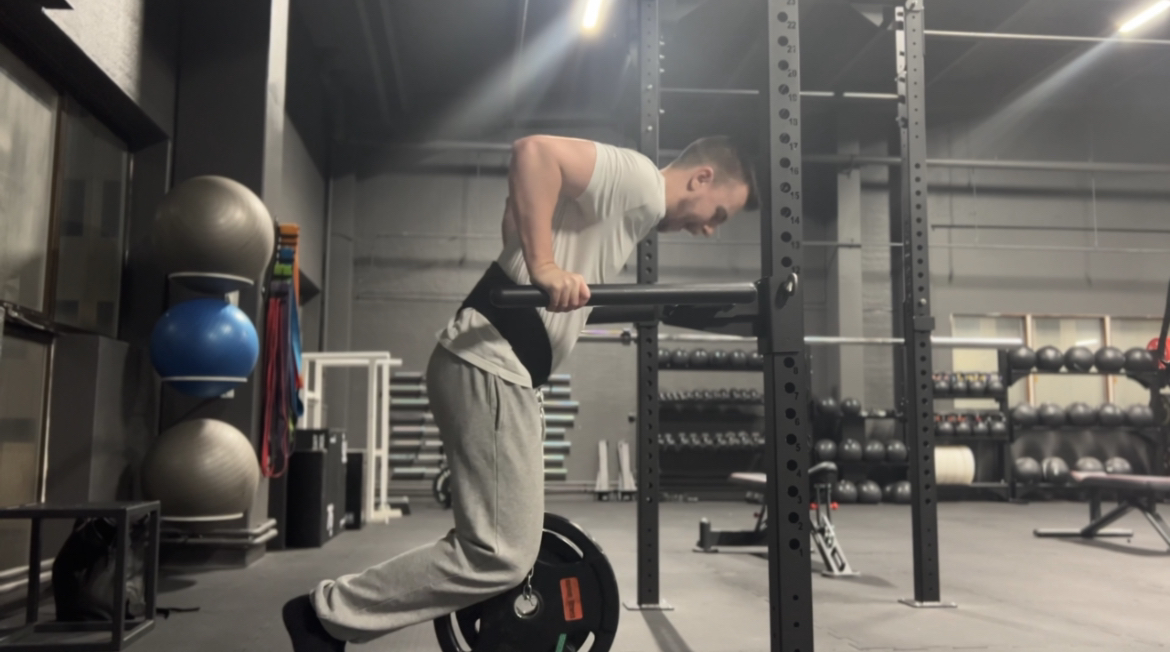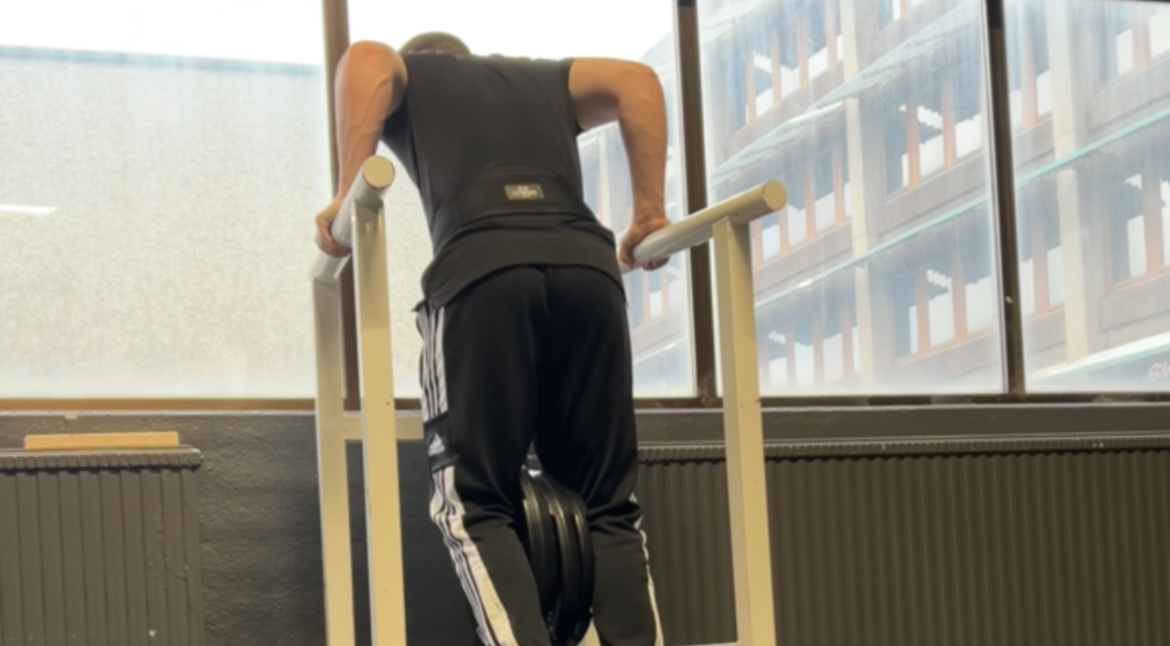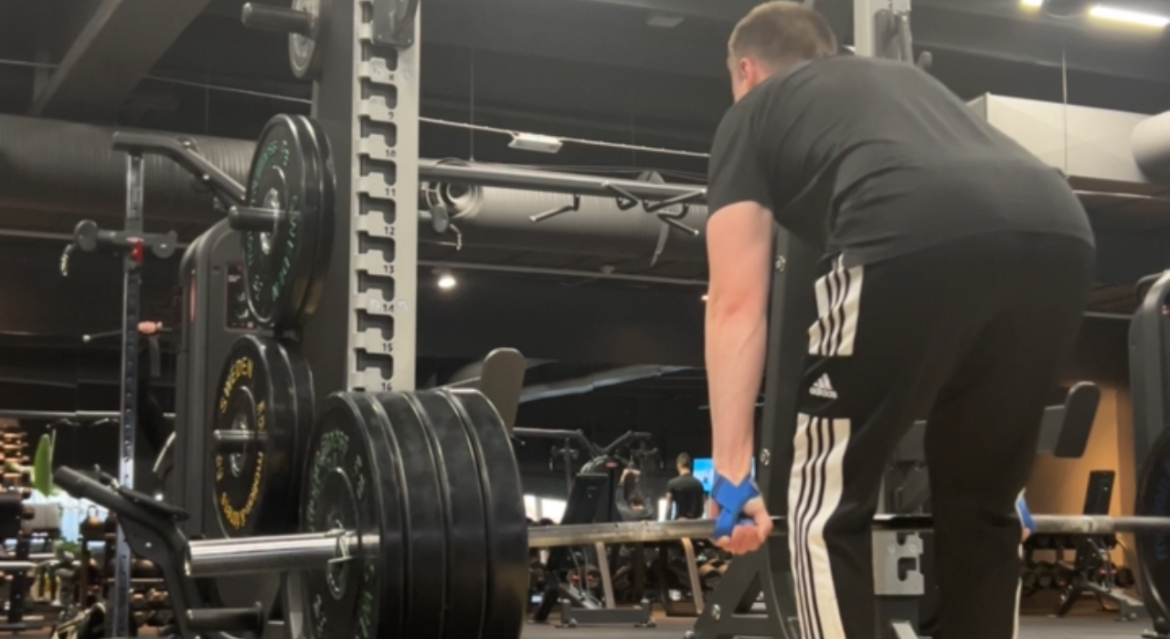When should you add weights to your dips?
When are you ready?
Dips are a highly effective bodyweight exercise for developing upper body strength, particularly targeting the triceps, chest, and shoulders. As with any exercise, progression is key to continued improvement and muscle growth. One way to progress in dips is by adding weights. But when is the right time to add weights to your dips? This article will guide you through the signs and considerations to help you determine when to incorporate weighted dips into your workout routine.
Mastering Bodyweight Dips
Before adding any additional resistance, it's crucial to have a solid foundation with bodyweight dips. Here are some indicators that you’ve mastered bodyweight dips:
- Form and Technique: Ensure you can perform dips with proper form. This includes:
- Keeping your body upright for triceps-focused dips or leaning slightly forward to emphasize the chest.
- Maintaining control throughout the movement.
- Avoiding excessive swinging or using momentum.
- Repetition Range: You should be able to perform at least 10-15 consecutive bodyweight dips with good form. This demonstrates adequate strength and muscular endurance in the target muscle groups.
Signs You’re Ready for Weighted Dips
- Strength Plateau: If you’ve reached a plateau in your strength gains or muscle growth from bodyweight dips, adding weights can provide the additional stimulus needed to continue progressing.
- Easily Handling High Reps: When you can easily perform high repetitions (e.g., 15-20 or more) of bodyweight dips, it’s a sign that your muscles are ready for a new challenge.
- Stable and Controlled Movements: If you can maintain stability and control during each repetition, without compromising form, you are likely ready to add external resistance.
Benefits of Adding Weights to Your Dips
- Increased Muscle Hypertrophy: Adding weights increases the resistance, leading to greater muscle activation and hypertrophy, especially in the triceps, chest, and shoulders.
- Strength Gains: Weighted dips help build upper body strength, which can translate to improved performance in other pressing movements, such as the bench press and overhead press.
- Enhanced Functional Strength: The added resistance of weighted dips mimics real-world movements, enhancing functional strength and stability.
How to Safely Add Weights to Your Dips
- Weighted Dip Belt: The most common method is using a dip belt with attached weights. This allows for a comfortable and adjustable way to add resistance.
- Dumbbell Between Legs: Holding a dumbbell between your legs can be an effective, albeit less stable, method for adding weight.
- Weight Vest: A weight vest evenly distributes the added resistance, providing a more balanced and comfortable option.
Progressive Overload with Weighted Dips
- Start Light: Begin with a light weight (e.g., 5-10 pounds) to get accustomed to the added resistance and ensure you can maintain proper form.
- Gradual Increase: Incrementally increase the weight as your strength improves. Aim for small increases (e.g., 2.5-5 pounds) to avoid overloading your muscles and joints too quickly.
- Monitor Form: Continuously monitor your form with each weight increase. If your form starts to break down, reduce the weight to a manageable level.
- Volume and Intensity: Adjust your repetition range and sets according to your goals. For hypertrophy, aim for 8-12 repetitions per set. For strength, perform 4-6 repetitions per set with heavier weights.
Incorporating Weighted Dips into Your Routine
- Frequency: Include weighted dips 1-2 times per week to allow adequate recovery. Avoid performing them on consecutive days to prevent overtraining.
- Combination with Other Exercises: Weighted dips can be part of your upper body or push workouts. Pair them with other compound exercises like the bench press, overhead press, and push-ups for a comprehensive workout.
- Periodization: Periodically cycle the use of weighted dips in your training program. Include phases of bodyweight dips to focus on endurance and technique, followed by phases of weighted dips for strength and hypertrophy.
Conclusion
Adding weights to your dips can significantly enhance your upper body strength, muscle hypertrophy, and overall functional fitness. The key is to ensure you have mastered bodyweight dips and can perform them with proper form and control. Once you’re ready, gradually increase the weight and incorporate weighted dips into your routine strategically. By doing so, you'll continue to challenge your muscles, break through plateaus, and achieve your strength and fitness goals.



